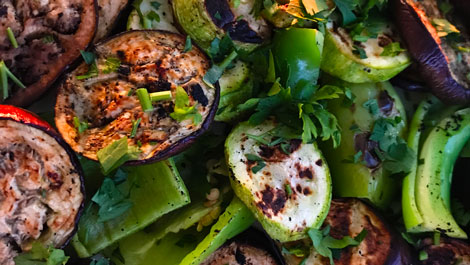Introduction: The Mongolian cuisine
Mongolian cuisine is heavily influenced by their nomadic lifestyle and the harsh climate of the region. With limited access to fresh produce, their diet consists primarily of meat, dairy, and grains. The traditional Mongolian diet is high in protein and fat, with meat dishes being a staple of the cuisine.
A Mongolian staple: Meat dishes
Meat dishes are a significant part of Mongolian cuisine, with dishes such as buuz (steamed dumplings filled with minced lamb or beef), khorkhog (barbecued meat cooked with hot stones), and boodog (marmot cooked over hot coals) being some of the most popular. The meat dishes are often cooked with vegetables such as carrots, onion, and potatoes, but the primary focus of the dish is the meat.
Vegetarian options in Mongolian cuisine
Although Mongolian cuisine is known for its meat dishes, there are vegetarian options available. Vegetarians may find it challenging to find suitable meals, but there are options for those looking for meat-free alternatives.
Traditional vegetarian dishes in Mongolia
Historically, Mongolian nomads practiced a form of Buddhism that encouraged vegetarianism. As a result, there are traditional vegetarian dishes in Mongolian cuisine such as bansh (steamed dumplings filled with vegetables), tsagaan idee (white food made with yogurt, milk, and cheese), and tsuivan (stir-fried noodles with vegetables). These dishes are primarily made with locally sourced vegetables and dairy products.
Modern vegetarian dishes in Mongolia
With the rise of vegetarianism and veganism globally, Mongolian chefs have begun to experiment with modern vegetarian dishes. Restaurants in Ulaanbaatar, the capital city of Mongolia, offer a variety of vegetarian options such as salads, soups, and stir-fried vegetables. These dishes are often made with locally sourced produce and incorporate traditional Mongolian spices.
Conclusion: Embracing vegetarianism in Mongolia
Although Mongolian cuisine is heavily focused on meat dishes, there are vegetarian options available for those looking for meat-free alternatives. Traditional vegetarian dishes such as bansh and tsagaan idee, as well as modern vegetarian dishes, can be found in restaurants across the country. Embracing vegetarianism in Mongolia may be challenging, but there are options available for those looking for alternative dietary choices.









